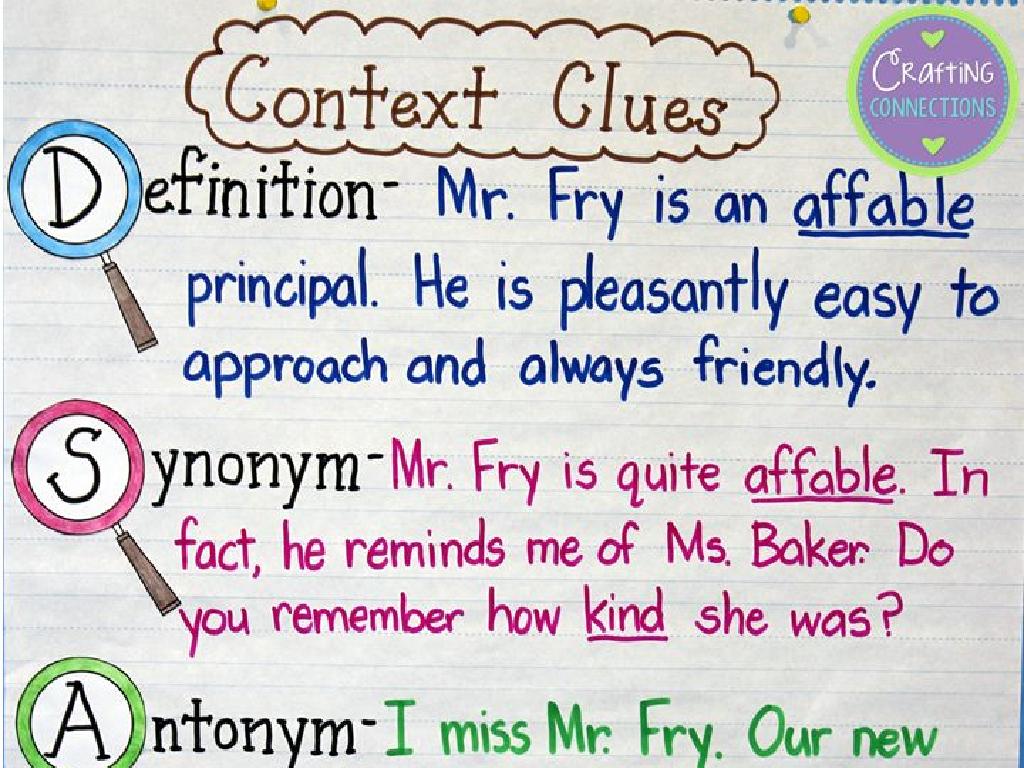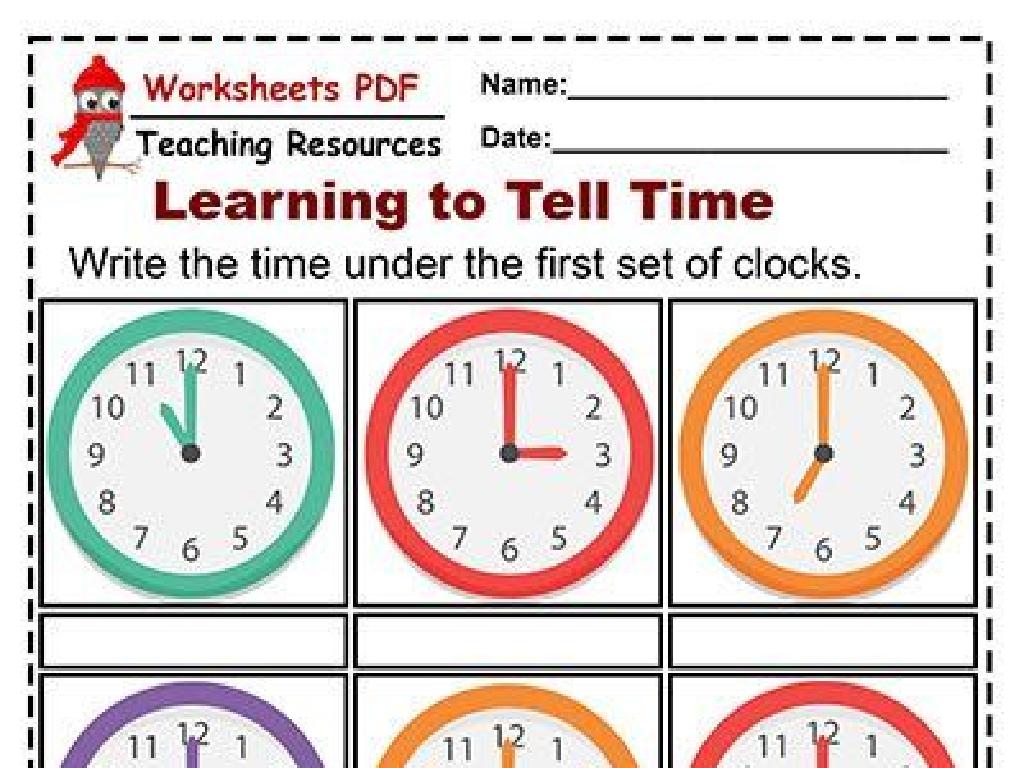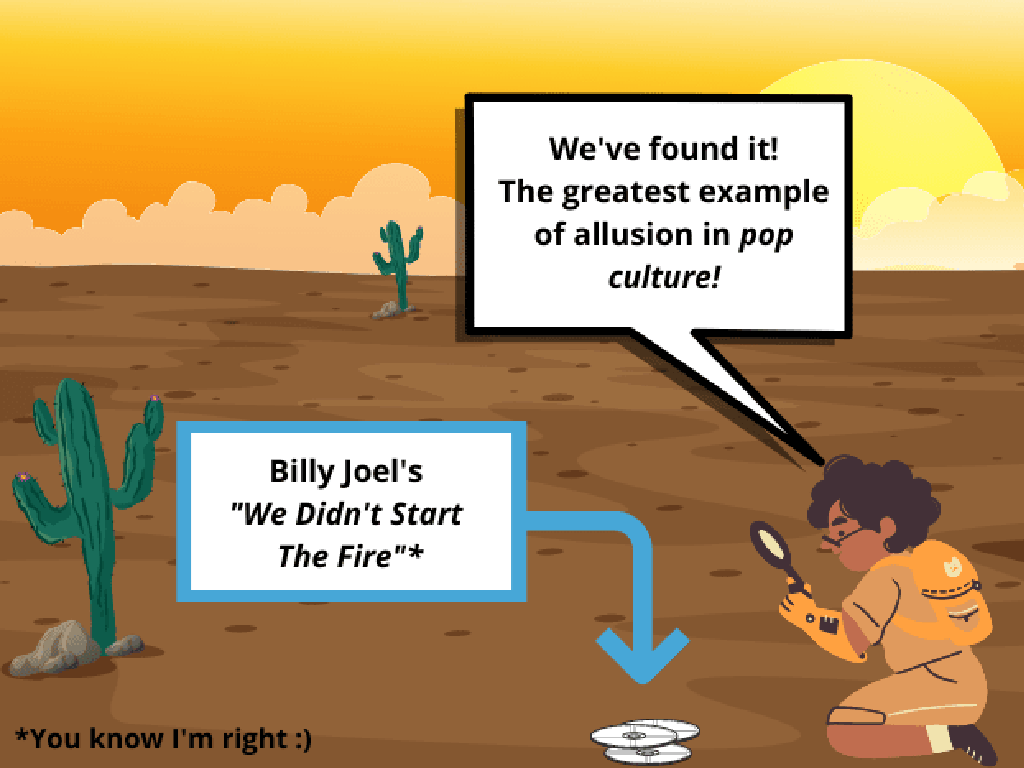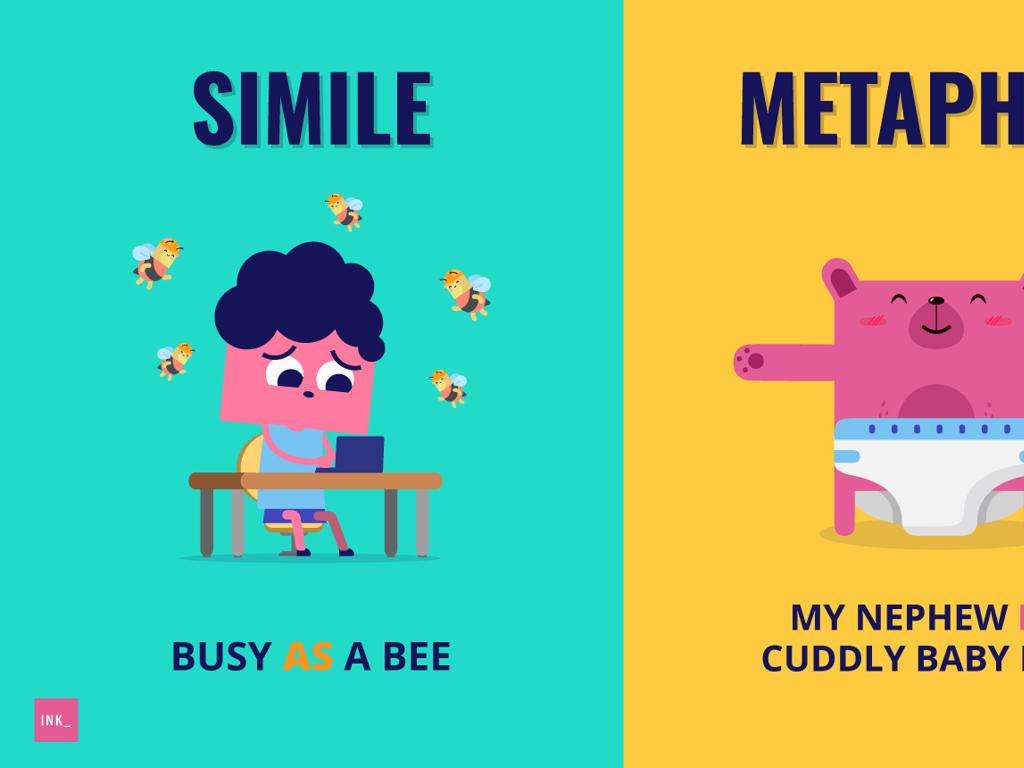Convert Between Decimals And Mixed Numbers
Subject: Math
Grade: Sixth grade
Topic: Fractions And Decimals
Please LOG IN to download the presentation. Access is available to registered users only.
View More Content
Understanding Fractions and Decimals
– What are fractions and decimals?
Fractions represent parts of a whole; decimals are another way to show fractions.
– Differences and connections
Fractions have numerators/denominators; decimals use place value.
– Real-life examples
Money uses decimals; recipes use fractions.
– Converting between them
To convert, divide the numerator by the denominator or expand the decimal.
|
This slide introduces students to the basic concepts of fractions and decimals, highlighting their differences and how they are interconnected. Begin by explaining that fractions are a way to represent parts of a whole, with a numerator and denominator, while decimals are another method to express these parts using place value. Provide relatable examples such as money for decimals (e.g., $0.75) and recipes for fractions (e.g., 1/2 cup of sugar). Then, demonstrate how to convert between the two forms by dividing the numerator by the denominator to get a decimal, or by expanding a decimal into a fraction. Encourage students to think of other examples from daily life where they encounter fractions and decimals. The goal is to help students see these mathematical concepts as tools they already use and understand, thereby making the abstract concepts more concrete.
Understanding Mixed Numbers
– Define a mixed number
– A number made up of a whole number and a fraction, e.g., 2 1/2
– Mixed numbers in daily life
– Used in cooking (1 3/4 cups of flour), or measuring (5 1/2 feet tall)
– Visualize mixed numbers
– Draw a number line or pie chart to show 3 2/5
– Practice with examples
|
Introduce the concept of mixed numbers by defining them as the sum of a whole number and a fraction. Provide relatable examples such as measurements in cooking or a person’s height to illustrate the use of mixed numbers in everyday life. Use visual aids like number lines or pie charts to help students understand how mixed numbers represent parts of a whole in addition to whole units. Encourage students to draw their own representations and come up with examples from their experiences. Conclude with practice problems converting between mixed numbers and improper fractions to reinforce the concept.
Understanding Decimals
– Define a decimal
– A decimal represents a part of a whole number, separated by a decimal point.
– Place value significance
– Each place to the right of the decimal point represents a fraction of 10.
– Decimals in daily life
– Money uses decimals: $1.25 means 1 dollar and 25 cents.
– Practice with examples
|
Begin by defining a decimal as a way to express fractions and parts of numbers using the base ten system. Emphasize the importance of place value, explaining that each position to the right of the decimal point represents tenths, hundredths, thousandths, etc. Use everyday examples, such as money, to illustrate how decimals appear in real life and help students relate to the concept. Provide practice problems where students convert between decimals and mixed numbers to reinforce their understanding. Encourage students to think of other examples where they encounter decimals and to bring these examples to the next class for discussion.
Converting Mixed Numbers to Decimals
– Step-by-step conversion process
– Example: Convert 3 1/2 to decimal
– First, convert 1/2 to 0.5, then add to 3 to get 3.5
– Class practice problem
– Work through a problem together as a class
– Discuss conversion tips
– Use division for fractions, remember to line up decimal points
|
This slide is aimed at teaching students the process of converting mixed numbers to decimals. Begin by explaining the steps involved in the conversion process, which includes converting the fractional part to a decimal and then adding it to the whole number. Use the example of converting 3 1/2 to a decimal to illustrate the process. Next, engage the class with a practice problem, guiding them through the steps as they work on it. Encourage students to share their answers and discuss any challenges they faced. Provide tips such as using long division for converting fractions and the importance of aligning decimal points when adding the whole number and the decimal fraction. The goal is to ensure students understand the concept and can apply it to various mixed numbers.
Converting Decimals to Mixed Numbers
– Steps for conversion process
– Locate the decimal point, separate whole number, convert decimal to fraction
– Example: Convert 4.75
– 4.75 = 4 + 0.75, which is 4 3/4
– Class practice activity
– Solve a conversion problem together in class
|
This slide introduces the process of converting decimals to mixed numbers. Begin by explaining the steps: identify the whole number part and the decimal part, then convert the decimal to a fraction. Use 4.75 as an example, showing that 4 is the whole number and 0.75 is the decimal, which can be written as 3/4. For the class practice, provide a similar decimal for students to convert as a group, reinforcing the concept. This activity will help students understand the relationship between decimals and mixed numbers, an essential skill in math.
Converting Decimals to Mixed Numbers
– Work through conversion examples
– Example: Convert 2.75 to a mixed number
– Discuss common conversion errors
– Mistakes like misplacing the decimal point
– Encourage interactive participation
– Answer student questions
– Open floor for questions after examples
|
This slide is aimed at providing students with practical experience in converting decimals to mixed numbers. Start by working through several examples as a class, such as converting 2.75 to 2 3/4, to demonstrate the process. Highlight common mistakes, such as misplacing the decimal point or incorrect rounding, and explain how to avoid them. Encourage students to participate by asking them to solve similar problems and to interact during the lesson by asking questions. Ensure that you create an environment where students feel comfortable to ask questions. After going through the examples, open the floor for any questions the students may have to clarify their understanding.
Class Activity: Converting Prices
– Convert item prices to mixed numbers
– Use real-life examples like $3.75 to a mixed number
– Create and convert your own mixed number
– Invent a mixed number, e.g., 2 1/4, and turn it into a decimal
– Pair up for accuracy check
– Exchange notebooks with a partner to review calculations
– Discuss findings with the class
|
This activity is designed to provide hands-on experience with converting decimals to mixed numbers and vice versa. Start by explaining how to convert a decimal price into a mixed number, emphasizing the place value and the role of the denominator in fractions. Encourage students to be creative and come up with their own mixed numbers, then convert them into decimals. Pairing up allows students to learn collaboratively and helps them catch mistakes they might not have noticed on their own. Conclude the activity with a class discussion, allowing students to share their methods and findings, reinforcing their understanding of the concept.
Converting Decimals and Mixed Numbers: Summary & Homework
– Recap conversion methods
– Review steps to convert decimals to mixed numbers and vice versa
– Significance of conversion mastery
– Understanding these conversions is crucial for algebra and beyond
– Homework for practice
– Solve problems on converting decimals to mixed numbers and mixed numbers to decimals
|
This slide aims to summarize the lesson on converting between decimals and mixed numbers, emphasizing the importance of mastering this skill for future mathematical concepts, particularly in algebra. The homework assignment will consist of a set of problems that require students to apply what they’ve learned in class, reinforcing their understanding through practice. The problems should vary in difficulty to cater to all students and should be reviewed in the next class to address any difficulties encountered. Encourage students to approach the homework with a problem-solving mindset, using the methods discussed in class.





